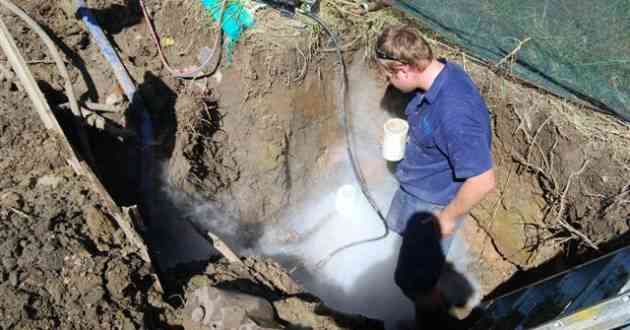Basic Plumbing Mistakes And How To Prevent Them
- - Category: Home Improvement
- - 29 Jul, 2020
- - Views: 684
- Save
When DIYs are on the rise and a lot of beginners are into house repairs and this includes plumbing.
In order to prevent mistakes, here are some preventive methods with basic plumbing.
Sloping and Proper Venting
Make sure that before an installation, the pipe should be sloped properly. A properly sloped pipe causes wastewater to flow properly in the right direction. It will also not siphon out a P-trap (what is this p trap?) if the nearest toilet flushes. An Uneven sloped or improperly sloped pipe will produces that negative pressure within the pipes and then allow sewer gases to enter the house.
Installing Water Hammer Arrestors
These water tack hammer arrestors normally absorb the jolt when the water is flowing in the piping system abruptly stops because of the quick closing of shutoff valves. In time, due to wear and tear because of usage, it is recommendable to install dedicated arrestors especially near appliances that uses fast valve such as toilets and washing machines.
Reusing Flexible Speedways/Hoses
Check frequently these flexible hoses as these only lasts normally for 5 years maximum. If the hose shows any distress (frays or leaks), suggest to change them immediately.
Using Lead Solder
Lead is known to be harmful if ingested for a long period of time. The current soldering material used is the 95/5 (a mixture of tin and antimony) which is completely lead-free. Ensure that during any repairs, this should be used.
De-burring the Pipe
Once a pipe is cut, a burr is formed. If not removed, it will reduce the inner diameter of the pipe and may cause turbulence which will lead to leaks and damage. Deburring is actually a preventive measure. Most pipe-cutter had these built-in dedicated reaming tools.
Cleaning of Pipes and Fittings
When installing copper pipes, ensure clean them as these are oxidized as soon as in contact with air. Clean the fittings with abrasive materials such as sanding paper or steel pad prior to installation.
Isolating Exterior Faucets
It is very important to insulate exterior water faucets because during winter, pipes may burst due to water expansion. It is highly recommended to install a valve that is inside the house or an interior hydrant shut off and drains the excess water in the exterior hydrant before winter comes. However, it is highly recommended to install non-freezing hydrants just in case you might forget to do the previous procedure.
Hanging Pipes
Installation of hanging pipes is most of the times overlooked. But when installing copper water lines, it should be carefully done. Improperly installed pipes will cause the joints to fail since these will be suspended in air. Ensure to add a hanger every 6 inches (in cm) for ½ in and ¾ in copper lines
Applying Pipe Dope and Teflon Tape
The appropriate means of applying is to place the Teflon tape first, and then apply the pipe dope when you desired it. This allows less leaking and a much spotless finish.
Stripping or Cross Threading
When installing pipes, start twisting the pipe with hand inn counter-clockwise direction to make sure that the threads are fitted perfectly and cruising smoothly before using a tool to tighten it.


